Best Compact Mid-Handicap Irons 2025
A look at a selection of the best compact mid-handicap irons, otherwise known as players' distance irons, on the market
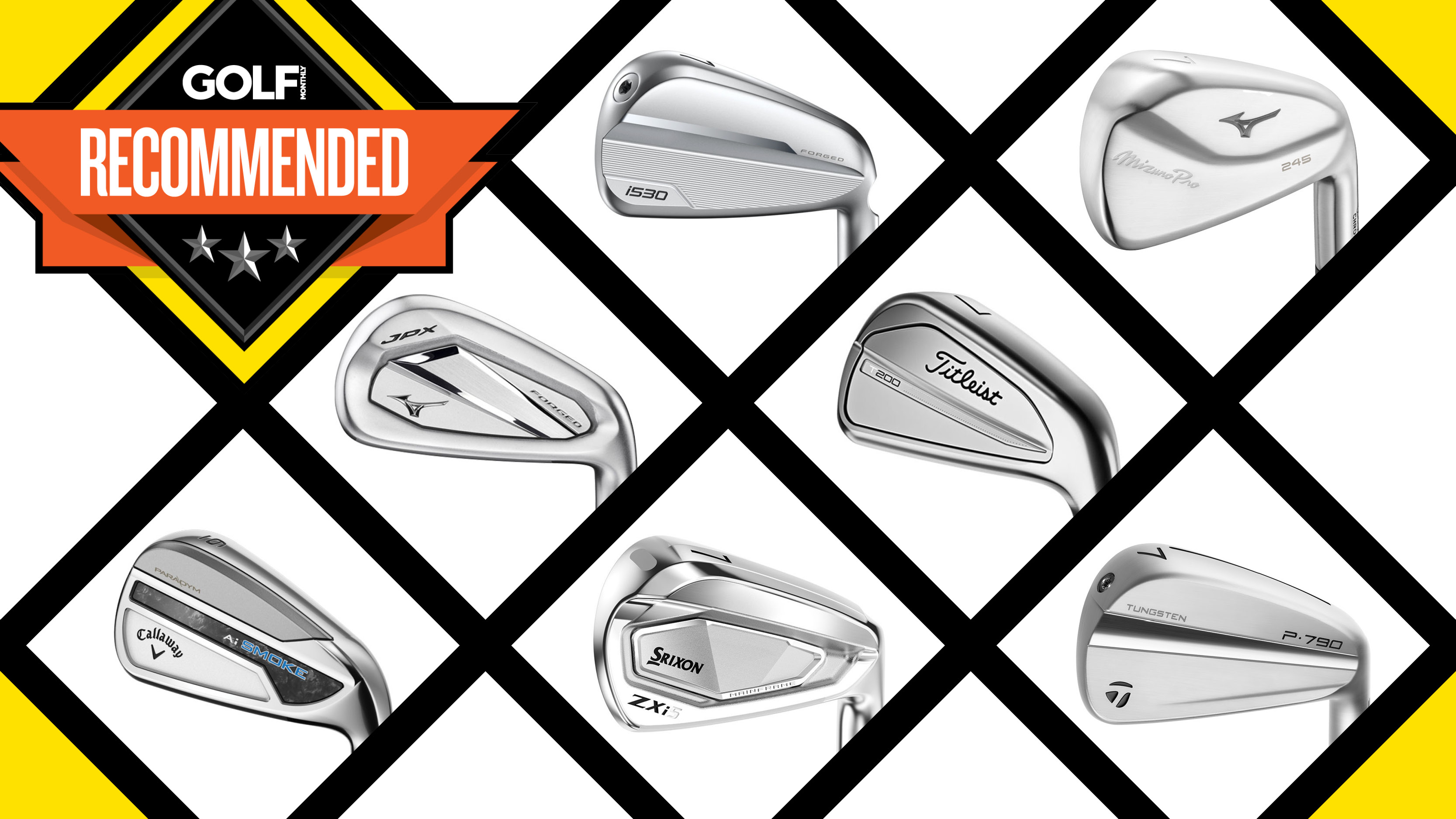

Buying a new set of irons can be daunting if you don’t know how to choose golf irons, and it's easy to make an expensive mistake. This is especially true in the mid-handicap sector, where player ability is so varied they can potentially use every option in a brand’s range with some degree of success, making it difficult to know which is best. If you are a golfer within the 8-to-18 handicap index range, getting the best golf irons for you can be tricky but with research, you will be able to identify a model (or models) to suit your requirements.
The first thing to point out is that not all mid-handicappers are the same. Some will be on an upward trajectory with their handicap coming down quickly. Others will have been a mid-handicap player for many years and are unlikely to ever be anything else. Different golfers will have different needs and there is no 'one size fits all' solution. You may have a 15 handicap player who is brilliant with their irons but has a terrible short game. Another 15 handicap player might be excellent off the tee and around the greens, but have no consistency in their ball striking with irons. They will have vastly differing needs when it comes to choosing a set of irons.
The accomplished ball striker with an improving handicap should be looking for an iron that offers plenty of feel and control, while those who are perhaps heading the other way (or play less often), will benefit more from a design that provides higher levels of forgiveness. The modern iron is packed with technology to help every type of golfer. Examples include pocket-cavity designs that put forgiveness in smaller head shapes, tungsten weighting that helps reduce twisting on heel and toe mishits, and thinner faces and sole slots that mean you’ll find the power normally associated with larger-profile irons.
Generally speaking, a mid-handicap player is not going to get the best results from using blades, but equally it is probably not advisable to use the chunky game improvement irons that benefit new golfers and higher handicappers. Combining the best of both worlds is the compact mid-handicap iron. They tend to have compact heads but still offer forgiveness, feel and control too.
We've set out below some of the best compact mid-handicap irons, but if you are looking for more advice on some of the best irons on the market take a look at some of our other guides on the best distance irons, best golf blade irons, or the best game improvement irons.
The Quick List
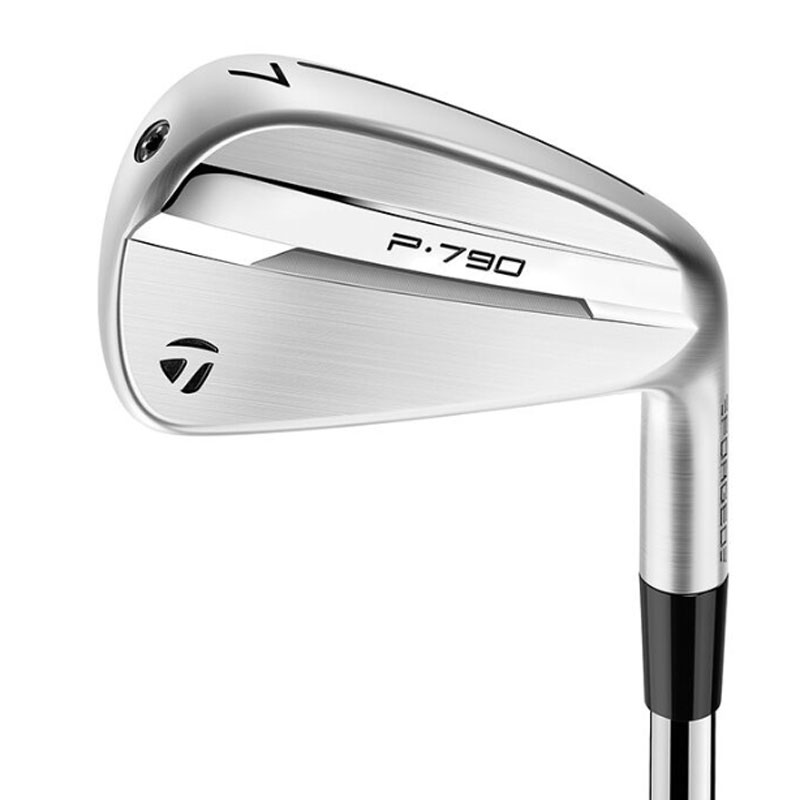
TaylorMade have delivered a few notable improvements from the 2023 version of this iron, most notably in terms of looks and a beautiful feel through impact.
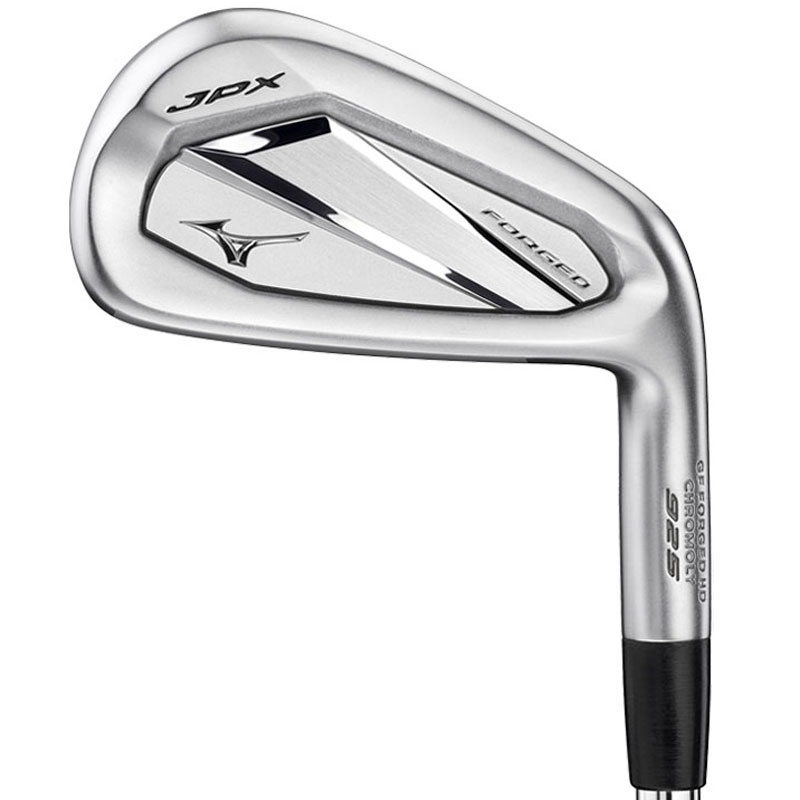
The JPX925 Forged is an exceptional offering in the iron category. Combining the feel of a beautifully forged one-piece iron, with the speed of a hollow-bodied player's distance iron is a truly remarkable feat.
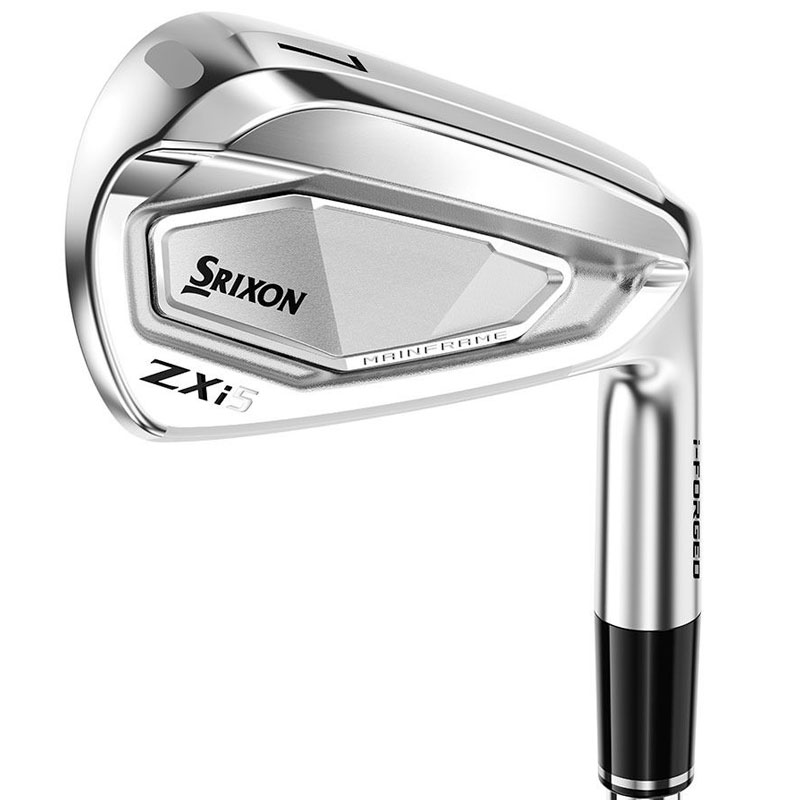
Strong looks coupled with exceptional feel, good levels of forgiveness and impressive distance output, the Srixon ZXi5 irons will no doubt appeal to a broad spectrum of golfers.
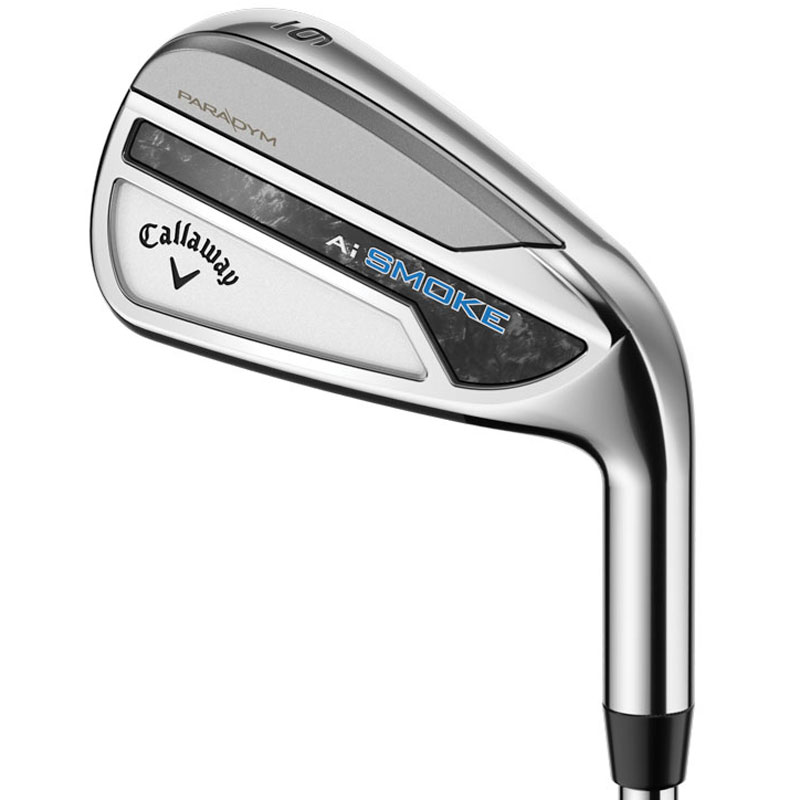
A sophisticated, refreshing look matched by a stellar performance. The distance on offer is excellent but the real story in the Paradym Ai Smoke iron is the outstanding forgiveness.
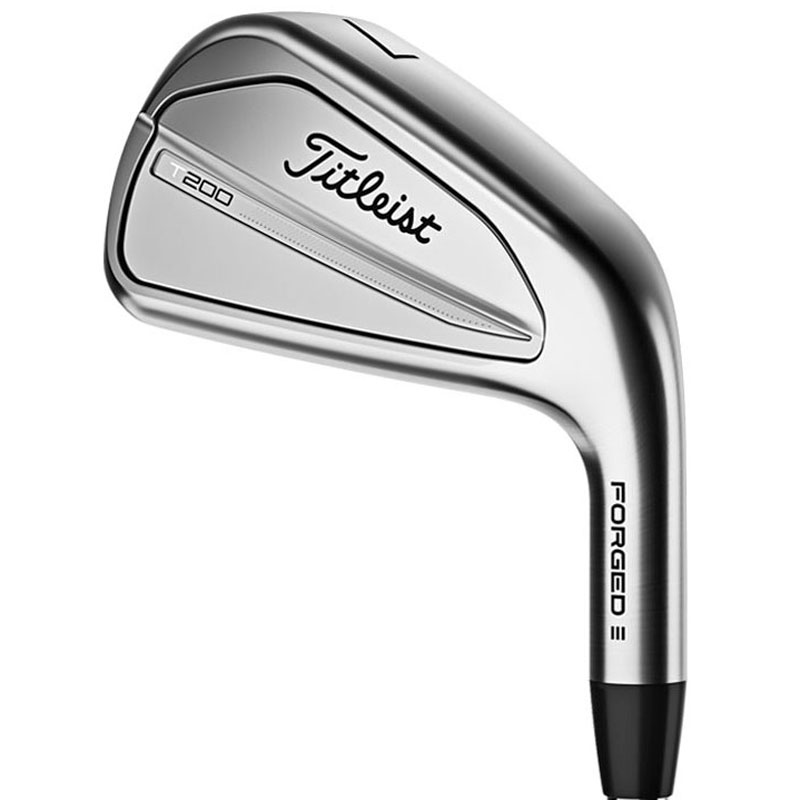
Delivering power from a compact footprint, the T200 is an iron that has a firm feel and a very stable head that keeps approach shots heading towards the green on a playable flight.
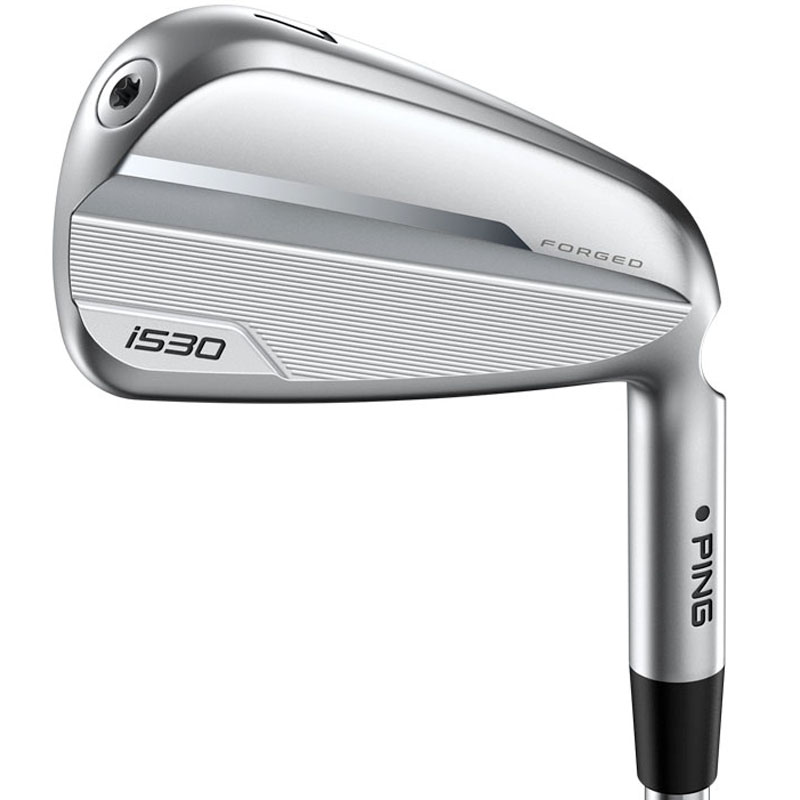
The Ping i530 is a great-looking players' distance iron with plenty to offer in performance. In fact, these irons are rocket ships that have been geared towards maximizing distance.
Best Compact Mid-Handicap Irons - Best Players Distance Irons
Top pick
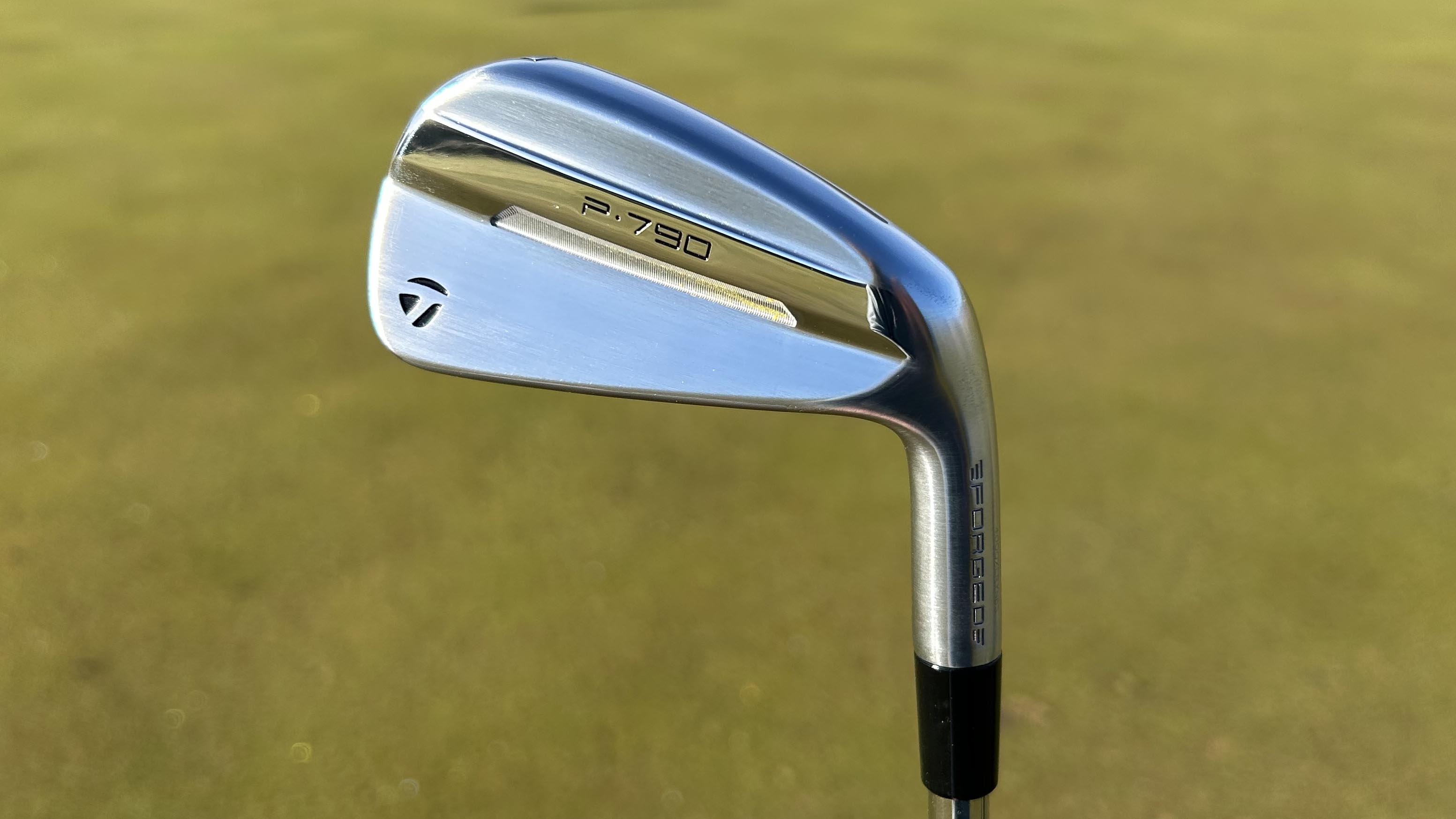
Specifications
Reasons to buy
Reasons to avoid
Our top pick is the 2025 version of the P790 irons from TaylorMade for a number of reasons. I'll begin with the feel first, which has taken a serious leap compared to the 2023 version of this iron. The feedback you get when you miss the middle of the club face is surprisingly pleasant and this pleasure was enhanced by the fact our ball speed numbers barely budged during testing. We went back and forth comparing the 2025 and 2023 irons and the improved feel is very noticeable - it's as good as the best compact mid-handicap irons for feel.
In terms of looks, it gets ten out of ten here too. The playing profile has been refined a little with the clubheads looking that little bit skinnier than the 2023 irons. For me, as a better player, this really suits my eye but for the higher handicappers it may not do the same. However, those who want to see a bit more lumber behind the ball at address can rest easy because the decreased size of head, the forgiveness remains exceptional. The P790 deserves to be in the conversation for one of the best golf irons of 2025 and should be well worth a try for players of a range of abilities due to the wide appeal on offer.
- Read our full TaylorMade 2025 P790 Iron Review
Best feel
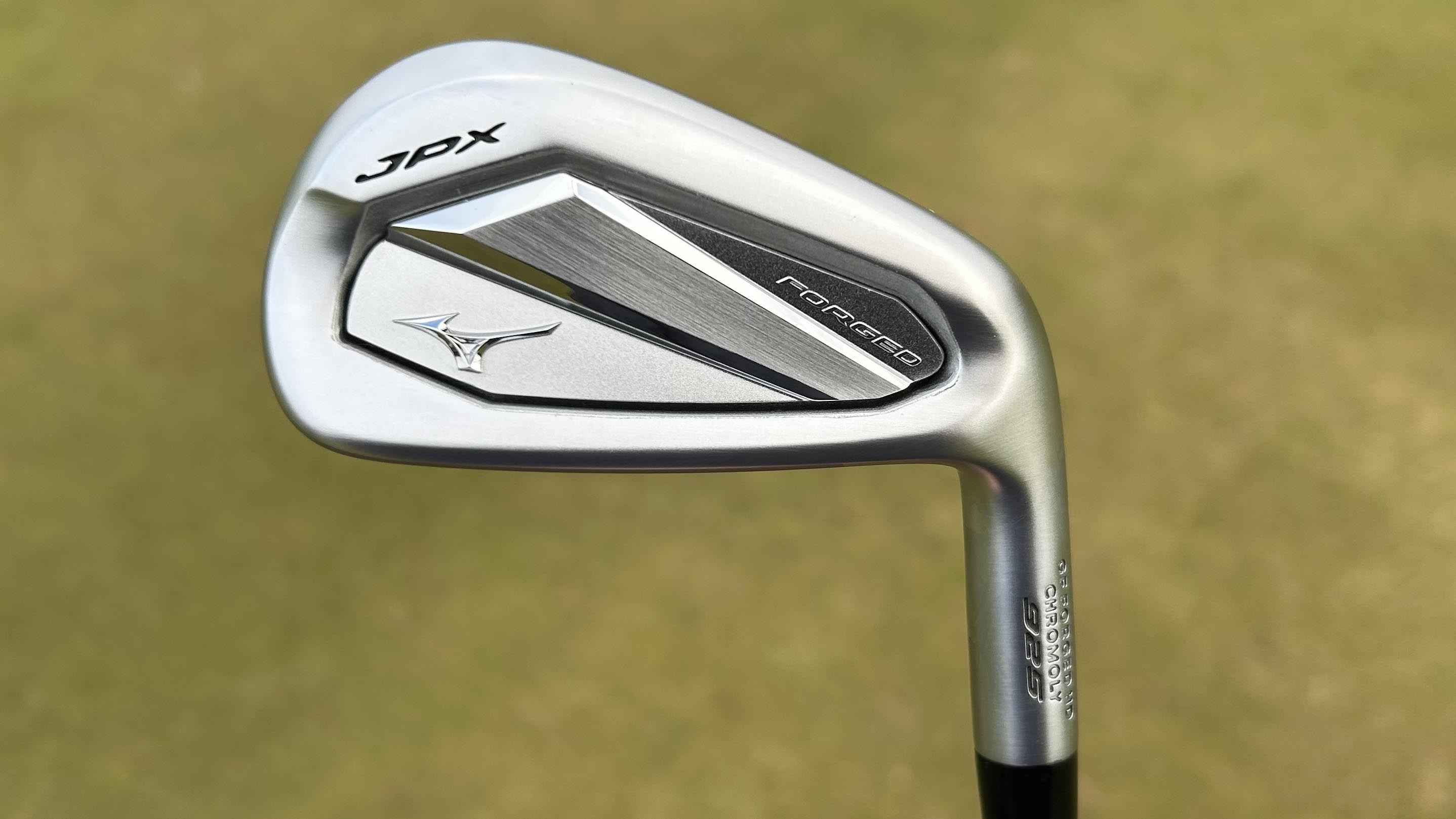
Specifications
Reasons to buy
Reasons to avoid
The Mizuno JPX923 forged was one of the best Mizuno irons the brand had released for some time in my opinion, so I was excited to get my hands on the next iteration, the 925 model. Let's start with the fact the new model features longer irons which are forged from Chromoly 4120 to maximize speed and adjustability, while the shorter irons are forged from one piece of 1025E Pure Select Mild Carbon Steel to focus on precision and control.
As a set though, these are compact, mid-sized cavity backed irons which I think will be suitable for a reasonably wide range of players. Looks wise, at address it perhaps looks like a 'players' iron or one of the best low-handicap irons based on the size and shaping of the head, but nor is it that intimidating. It is neat, but not scary and I loved the satin chrome finish as well.
With the looks out of the way, let's get onto how it did in testing, and it was very interesting indeed. The softness of the impact leads you to believe you could be striking a pure forged blade, like the Mizuno Pro 241, but a glance over to the launch monitor data tells a very different story. Exceptional ball speed, and as such distance output is a surprising outcome from a club that feels so beautifully delicate at impact. If I am being honest, I am not sure there is another iron out there that can deliver the speed and distance the JPX 925 can, when you combine that with the sublime feeling at strike.
- Read our full Mizuno JPX925 Forged Iron Review
Best looks
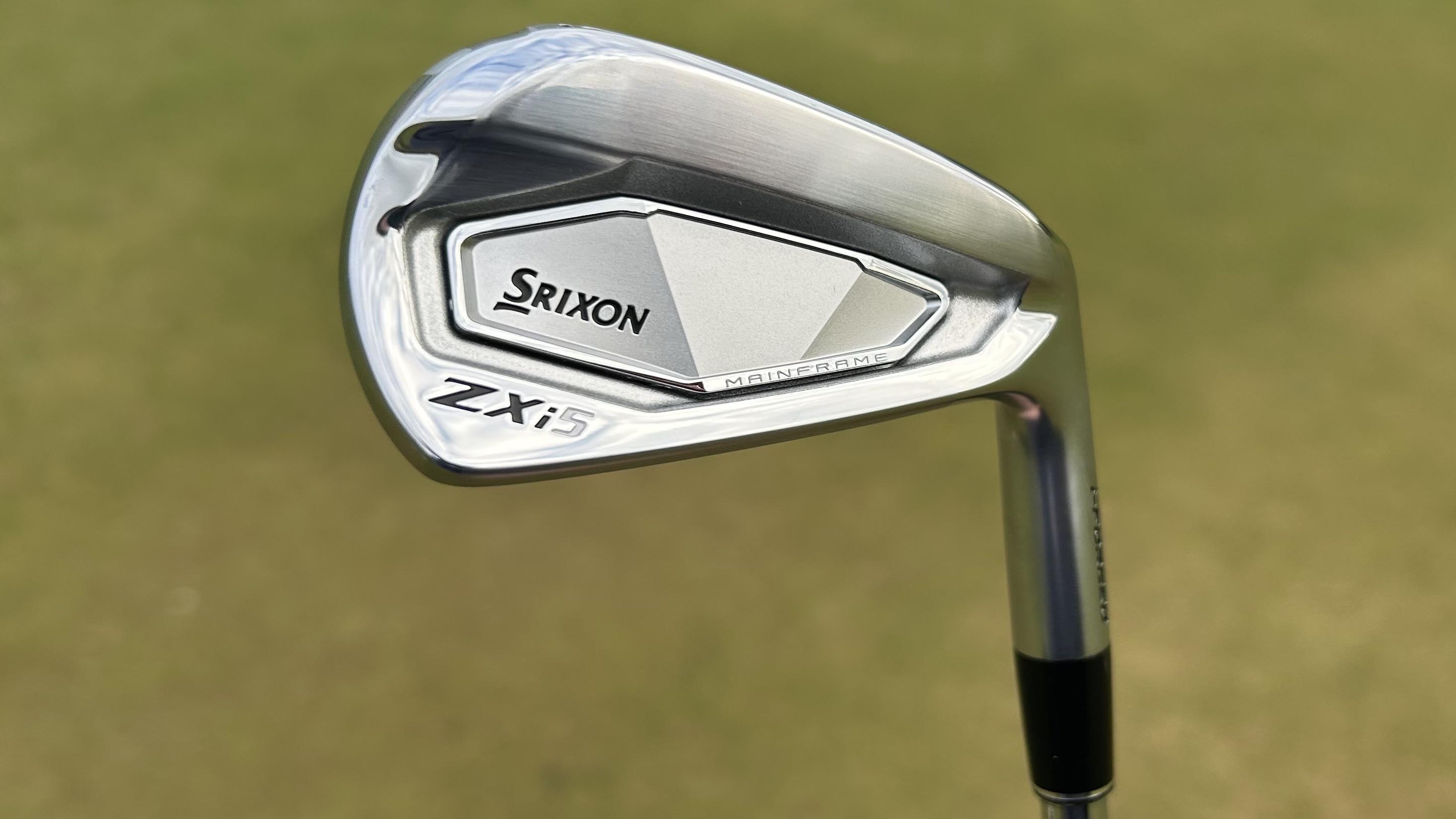
Specifications
Reasons to buy
Reasons to avoid
Following on from the ZX5 and ZX5 MK II irons, this new ZXi5 model had a lot to live up to given how those two previous irons performed. First up the technology has changed here with the brand focusing on improving feel. It has done so by introducing its i-FORGED process which has allowed it to select specific steel densities to best suit the performance. Additionally 'Condensed Forging' has been implemented which is a technique which strengthens specific sections of each iron for performance. As such engineers can use softer materials without hindering durability. All of that sounds great right, but how did the iron perform?
First, looks-wise the ZXi5 is excellent. Lots of shelf appeal and the overall look is premium. I do think some higher handicap players may be alienated because of the thinner top line, but lower handicappers who want a bit more forgiveness will love this iron. In testing it became immediately stood out to me how good the feel of this iron is. The ZXi5 felt powerful but controlled, with a smoothness to it, so clearly those forging techniques have worked.
Overall the ZXi5 irons are a really strong offering for the mid-handicap player still seeking a more traditional ‘player’ style look in terms of their top line and offset, and they very much pack a punch in the distance department.
- Read our full Srixon ZX5 Mk II Iron Review
Best distance
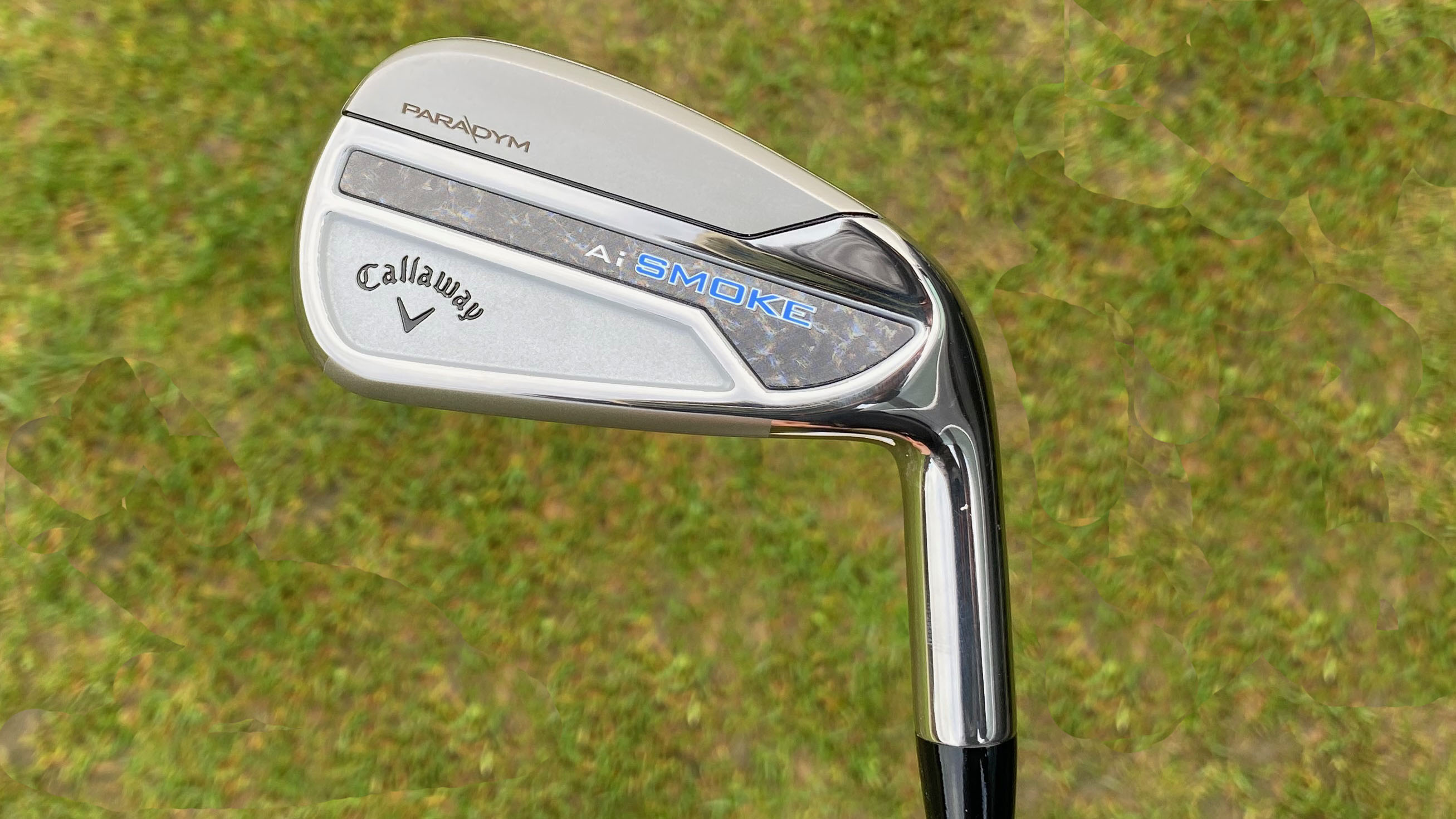
Specifications
Reasons to buy
Reasons to avoid
The Paradym Ai Smoke irons are a fine all rounder that sit amongst both the best distance irons and also the most forgiving irons. Callaway lead the way in A.I. technology in golf, for example swing data from thousands of golfers has been used to create the all new Ai Smart Face. The result is maximum distance with tight dispersion into the green.
How did it perform in testing? Really, really, good, actually. One of the best I've ever tried. Usually irons in this category will come up a little short in terms of sound and feel, but this wasn't the case here as we found both to be pleasing. As for the actual performance, the impressive distance really grabbed my attention, even on off center hits. As you would expect, the center of the face yielded the fastest speeds, but drop offs were minimal when I did miss the center so all in all the forgiveness on offer here was outstanding.
I gave these irons a thorough testing and it soon became clear to us that in the distance irons category the Ai Smoke leads the way in a number of aspects. They will really look the part in your golf bag and they feel softer than most game improvement irons while still delivering top performance, so this may well be the set for you.
- Read our full Callaway Paradym Ai Smoke Iron Review
Best consistency
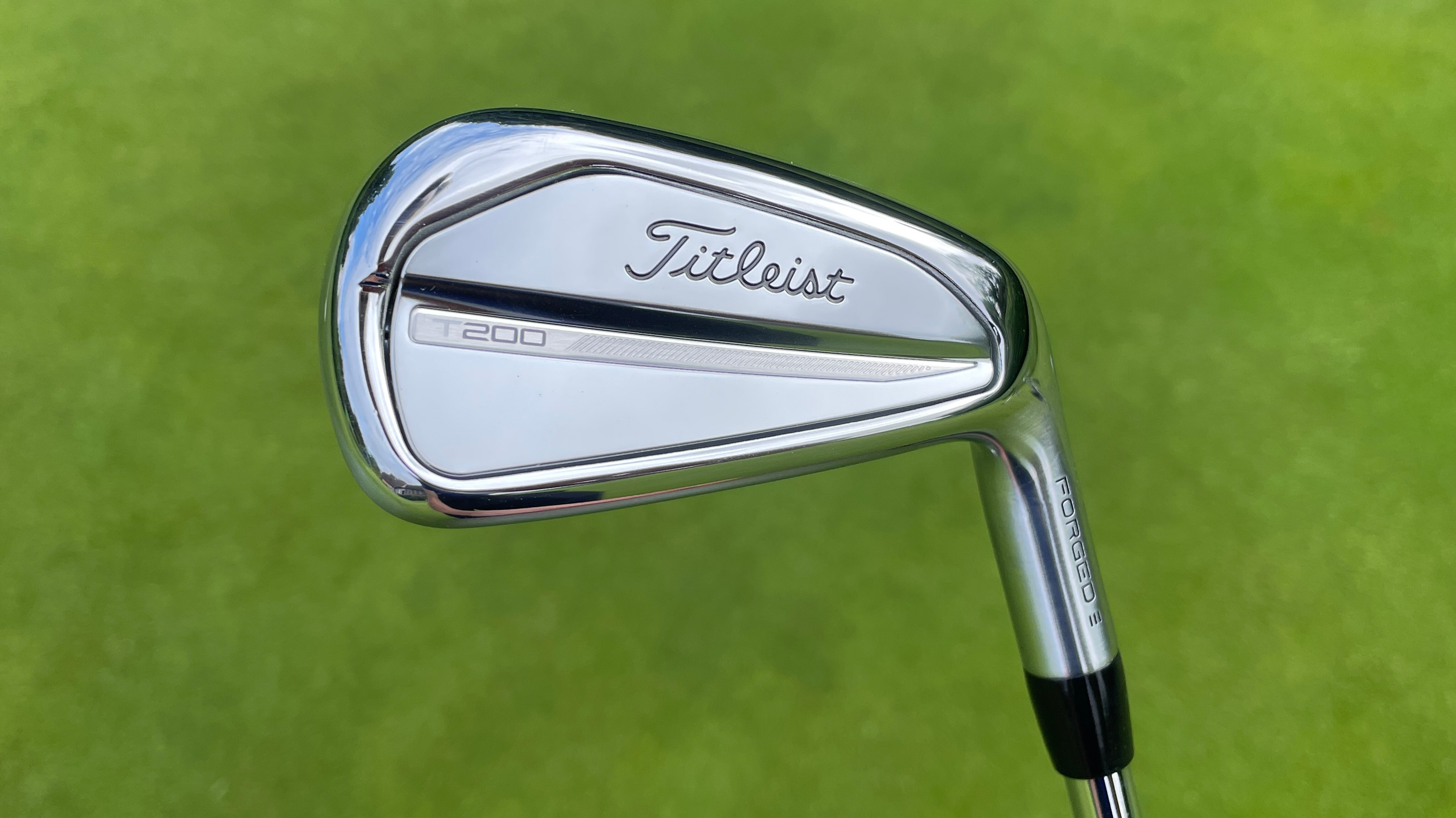
Specifications
Reasons to buy
Reasons to avoid
Titleist’s main offering in the compact mid-handicap iron category continues to be the T200, which provides plenty of speed without the chunky looks often associated with irons in this section of the market. In fact, I feel this is one of the more aesthetically pleasing irons on this list. The tech story here is that Titleist has re-engineered the Max Impact design feature to make the head more stable, while the polymer back plate has also been reconfigured to better manage the vibrations that occur when the forged face strikes the ball.
I liked the look at address, which is compact but appealing, promoting confidence over the ball. In my testing the the T200 performed impressively but we have to point out that it didn’t offer any notable gains over its predecessor the T150, which might be a cheaper option to consider if you are on a budget.
There were some slight differences, with the T200 giving me a little more spin and height which provides a tad more stopping power without losing distance, but overall there wasn’t anything that obviously stood out. What this means is that if you are a confident ball striker, there’s potential here to combine this iron with the T150 to provide the added speed and forgiveness in the longer clubs where this iron excels.
- Read our full Titleist 2023 T200 Iron Review
Easiest to launch
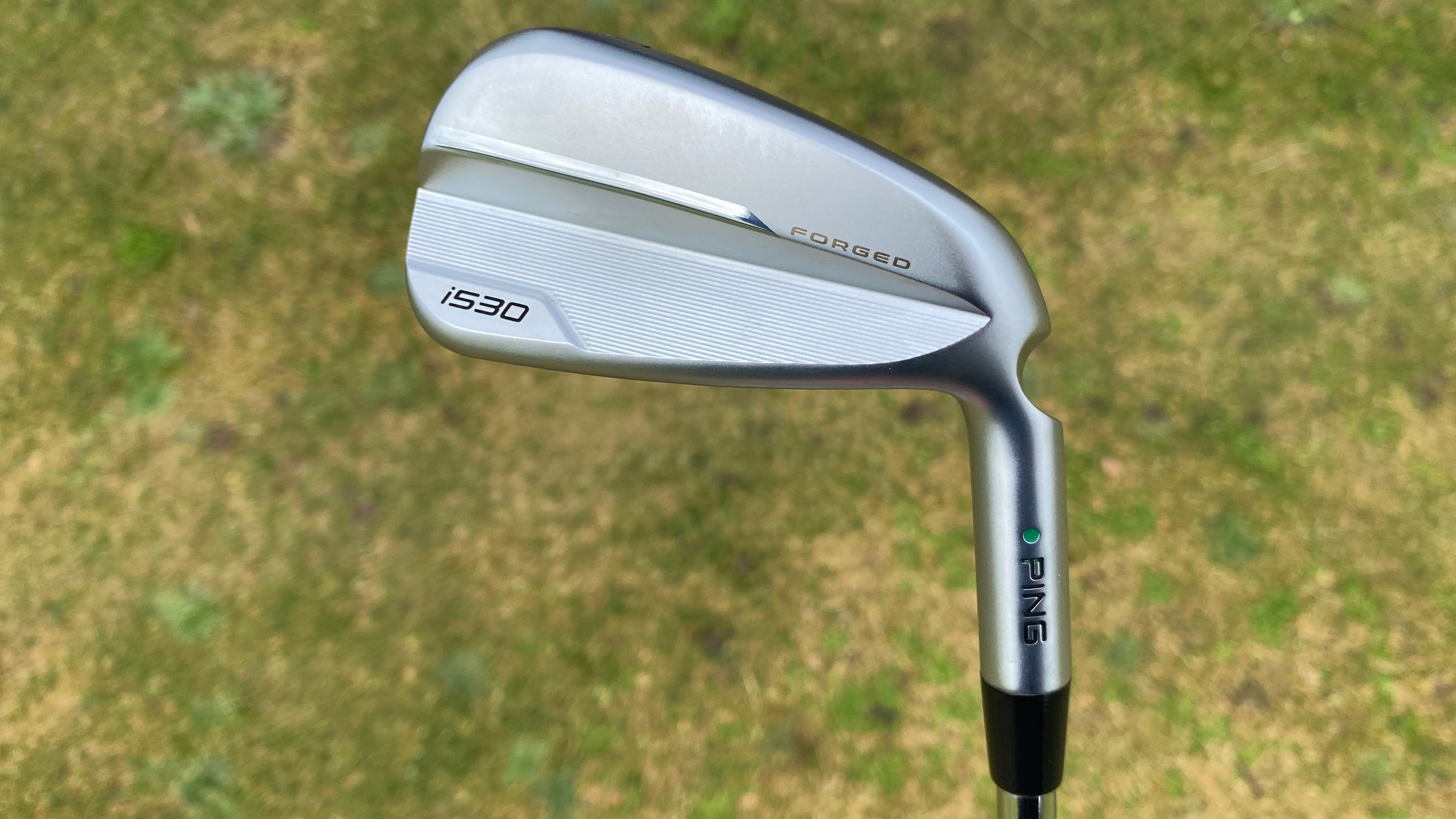
Specifications
Reasons to buy
Reasons to avoid
This is an iron that has been geared towards ball speed and distance, and it delivers on both counts. A new internal weight pad provides a deeper to thinner face-to-sole transition which Ping claim increases face flexing and subsequently ball speed. Ping has even used the same flexible steel face that it uses in its woods and welded it to a stainless steel hollow body before applying an internal polymer to the back of the face to improve feel and again maximize face flexing.
This technology, in combination with lofts that are 1.5˚ stronger than its predecessor (the i525 iron), resulted in some fairly impressive distance numbers when I tested this iron. Distance isn't everything, but if you're fed up of hitting 7 iron when your playing partners are reaching for a 9 iron, this could be just what you're looking for. Aesthetically, these irons tick a lot of boxes for me. For one thing, there's enough real estate behind the ball to inspire confidence, but not to the extent that they look like they should be in the game improvement iron category. I feel that the relatively minimal offset will certainly appeal to the better player looking for a bit more distance and forgiveness.
As for the overall performance in testing, these irons are quick. Really quick. In fact, ball speed was the highest of any iron I have tested in this category to date. I saw a low-to-moderate launch angle and a reasonable spin rate which added up to some big carry numbers. This is one of the best Ping irons I've tested in recent times.
- Read our full Ping i530 Irons Review
How we test golf irons
Our testing for golf irons is a comprehensive process that combines the knowledge and expertise of the Golf Monthly test team, and when possible it starts with our team attending product launches. This allows us to speak to the brands where we can gather information about the newest tech stories and what has changed from the previous version of the product. When it comes to our actual testing of clubs, including irons of course, we first try them in a controlled environment, which usually takes place on an indoor simulator at Foresight Sports, with premium balls and the GCQuad launch monitor.
Next up is outdoor testing on the golf course. In our view it is vitally important to do both and we will continue to test the irons extensively so they have been comprehensively put to the test in a variety of conditions and situations.
Our iron testing is headed up by Staff Writer Joe Ferguson, a PGA Professional who has worked in the golf industry for nearly 20 years. Be assured that manufacturers cannot pay for a good review and our team make their conclusions from the testing and their experiences of using the product. We strive to give the best, most honest reviews possible so you can get a greater understanding of the irons themselves and make an informed decision when you spend your hard earned money.
How to choose golf irons
The iron market is very crowded with many brands making top-notch models aimed at every skill level of golfer, so it can be a minefield out there if you aren't sure what you need. So what are some of the things you need to consider to make sure you get the best model for you? Let's take a look.
1. Your Handicap And Ability
This is absolutely the most important factor when buying new irons. You must know which type of iron best suits your game as that will narrow down your choice considerably. There is no hard and fast rule here, as you may be a mid-handicap player who hits irons like you're off single figures. Alternatively, you might excel in other areas but struggle with irons. So there is no uniform "mid-handicap iron" option.
Generally speaking, however, higher handicappers tend to use cavity back irons that offer maximum forgiveness in a larger iron head, while mid-low handicappers tend to use more bladed irons that are forged, offer more feel and control but less forgiveness. As this guide shows though, there are mid-handicap models designed to sit between the high and low handicap players too.
Therefore, it is essential that you be totally honest with yourself when assessing how good your ball-striking is and how consistent you are. Once you know that, be sure to invest in a set of irons that matches where your game is at now. Do not buy irons based on where you want your game to be, as you may never get there. Buy irons to suit your current skill level and if you improve then you can always switch, and the second hand market price is strong enough that you should still get decent money for your old set.
We have great guides that go into more detail on this, so check out our guide on the most forgiving irons if you're a higher handicapper and our guide on the best irons for mid-handicappers.
2. Price
This will be a major factor in anyone's decision of what irons to go for. As you'll have seen in this list, the price can vary dramatically between irons. Some brands are more expensive than others, so it is important for you to have a think about what you can afford and how much you want to spend. The good news is that golfers will usually keep the same irons for a while and do not change them as often as they would driver or wedges, so if you are spending that bit extra at least you know you will get your moneys worth over time.
3. Custom Fit
This is probably the most essential part of the iron buying process, no matter the irons you're after or how good you are at the game. Getting a good custom fitting will give you insight into which model will suit you, along with the right flex, shaft, lie angle and so on and so forth. This process will ensure you finish with a set of irons most suited to your game.
Custom fits can be a daunting process if you're a true beginner or you aren't that confident hitting golf balls in front of people, but they're a vital part of the club buying process. We recommend having a shortlist of three or four iron heads you like the look of before entering a custom fit and then whittling them down to the best for your game during the custom fit process. Be open minded, the one you have your heart set on might not be the one for you. Try out a few and let the expert guide you.
4. Design
Design can play a big factor in the clubs you chose to play. Having a set of clubs that appeal to you aesthetically can inspire confidence and help you play better. While style may not be one of the most important things to consider, it can certainly help improve your mentality on the course; looking good can help you feel good, and if you feel good, then you may also play good too!
For more advice on some of the best irons on the market, check out our guides to the best best TaylorMade irons, best Titleist irons and best Ping irons.
FAQs
What iron is best for mid handicaps?
Something that offers a blend of performance attributes - namely good ball speed, a solid feel and ample forgiveness - but in a profile that isn't too chunky so as to be aspirational for the user to progress. Our leading choices would be the Mizuno JPX925 Forged, Srixon ZXi5, TaylorMade P790, Ping i530, Mizuno Pro 245 and the Cobra King Forged Tec.
Should I play with blade irons?
In most cases the answer is probably no, but it really depends on your ability level as a golfer. If you're a low handicap player with a lot of experience in the game, then you may see some benefits from using a blade iron, but not all high level players use them. Higher handicappers and beginner players should definitely avoid blade irons as they are much less forgiving than a standard cavity back club. You may well be able to hit some lovely shots with them, but if you can't repeat that on a shot to shot basis and then you should put your ego to one side and go with the clubs that can help you the most until you do become a consistent ball striker.
What irons are the most forgiving for mid handicaps?
Stand out models from this guide in terms of forgiveness would be the TaylorMade P790, Mizuno Pro 245 and Callaway Paradym Ai Smoke, translating into excellent consistency of distance from strikes across the face.
Get the Golf Monthly Newsletter
Subscribe to the Golf Monthly newsletter to stay up to date with all the latest tour news, equipment news, reviews, head-to-heads and buyer’s guides from our team of experienced experts.

Joe has worked in the golf industry for nearly 20 years in a variety of roles. After a successful amateur career being involved in England squads at every age group, Joe completed his PGA degree qualification in 2014 as one of the top ten graduates in his training year and subsequently went on to become Head PGA Professional at Ryder Cup venue The Celtic Manor Resort. Equipment has always been a huge passion of Joe’s, and during his time at Celtic Manor, he headed up the National Fitting Centres for both Titleist and Taylormade. He’s excited to bring his knowledge of hardware to Golf Monthly in the form of equipment reviews and buying advice.
Joe lives in North Devon and still plays sporadically on the PGA West region circuit. His best round in recent years came earlier in 2023 where he managed a 9 under par 63 at Trevose GC in a Devon & Cornwall PGA Tournament.
Joe's current What's In The Bag?
Driver: Switch between TaylorMade Qi35 and Callaway Elyte TD - both with Fujikura Ventus Black 6-X
Fairway wood 1: TaylorMade BRNR Copper Mini Driver - Fujikura Ventus Black 7-X
Fairway wood 2: Callaway Apex UW 17˚- Fujikura Ventus Black 9-X
Irons: TaylorMade P7CB 3-PW with Dynamic Gold Tour Issue X100 shafts
Wedges: Callaway Opus 50, 54, and 60 degrees - Project X LS 6.0 shafts
Putter: LAB Golf Oz.1 (zero shaft lean)
Ball: TaylorMade 2024 TP5x
Grips: Golf Pride Tour Velvet 60R
Bag: Vessel Player IV Pro DXR Stand
- Joel TadmanDeputy Editor
- Conor KeenanEcommerce Writer
- Sam TremlettSenior E-commerce Editor
-
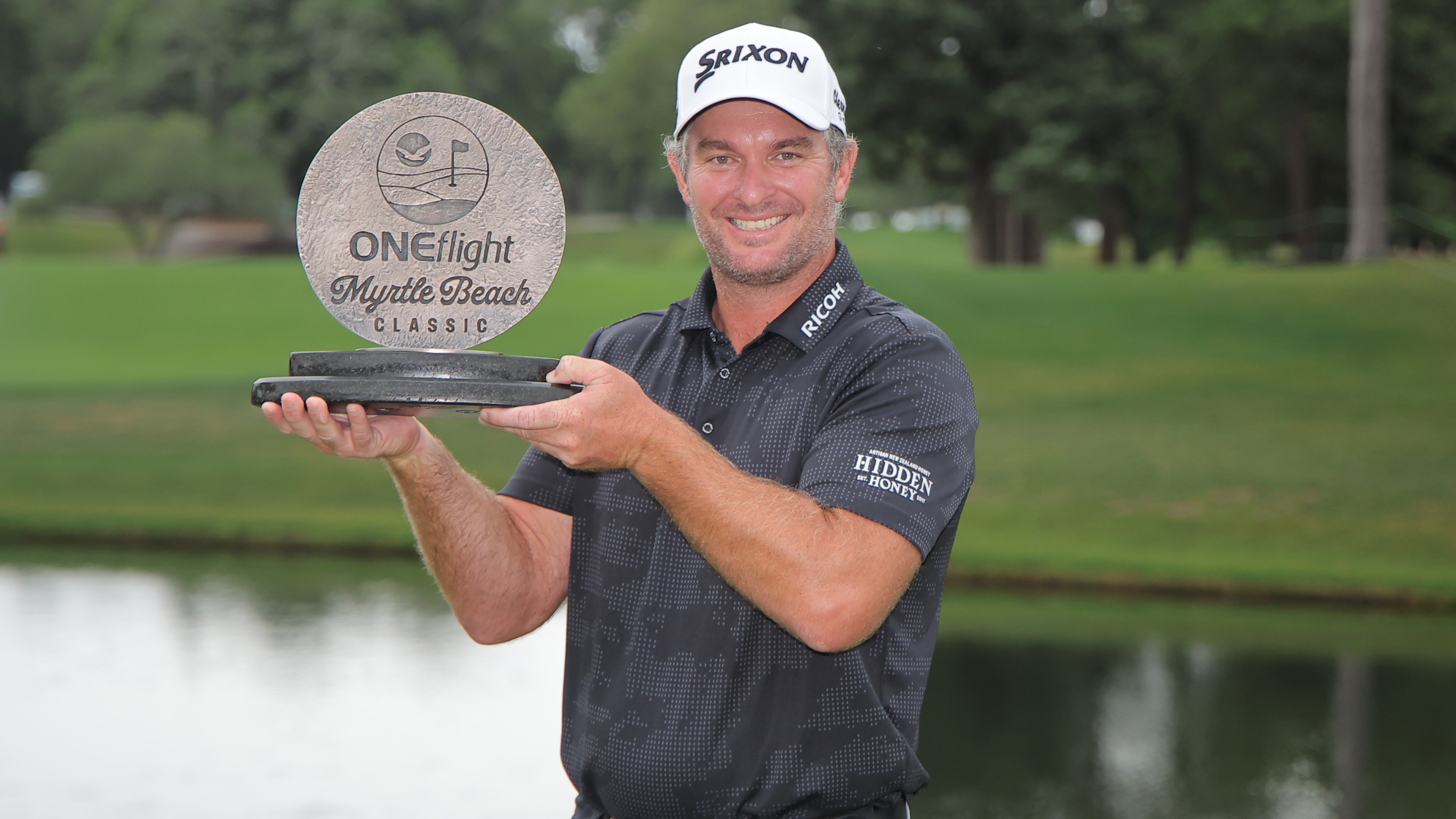 Ryan Fox Wins Maiden PGA Tour Title Following Dramatic Playoff At Myrtle Beach Classic
Ryan Fox Wins Maiden PGA Tour Title Following Dramatic Playoff At Myrtle Beach ClassicThe New Zealander produced a brilliant chip-in birdie on the first playoff hole to thwart the efforts of Harry Higgs and Mackenzie Hughes
-
 Watch: Wayward Shot Almost Hits Rory McIlroy At Truist Championship
Watch: Wayward Shot Almost Hits Rory McIlroy At Truist ChampionshipA wayward shot had fans and Rory McIlroy ducking for cover at the Truist Championship